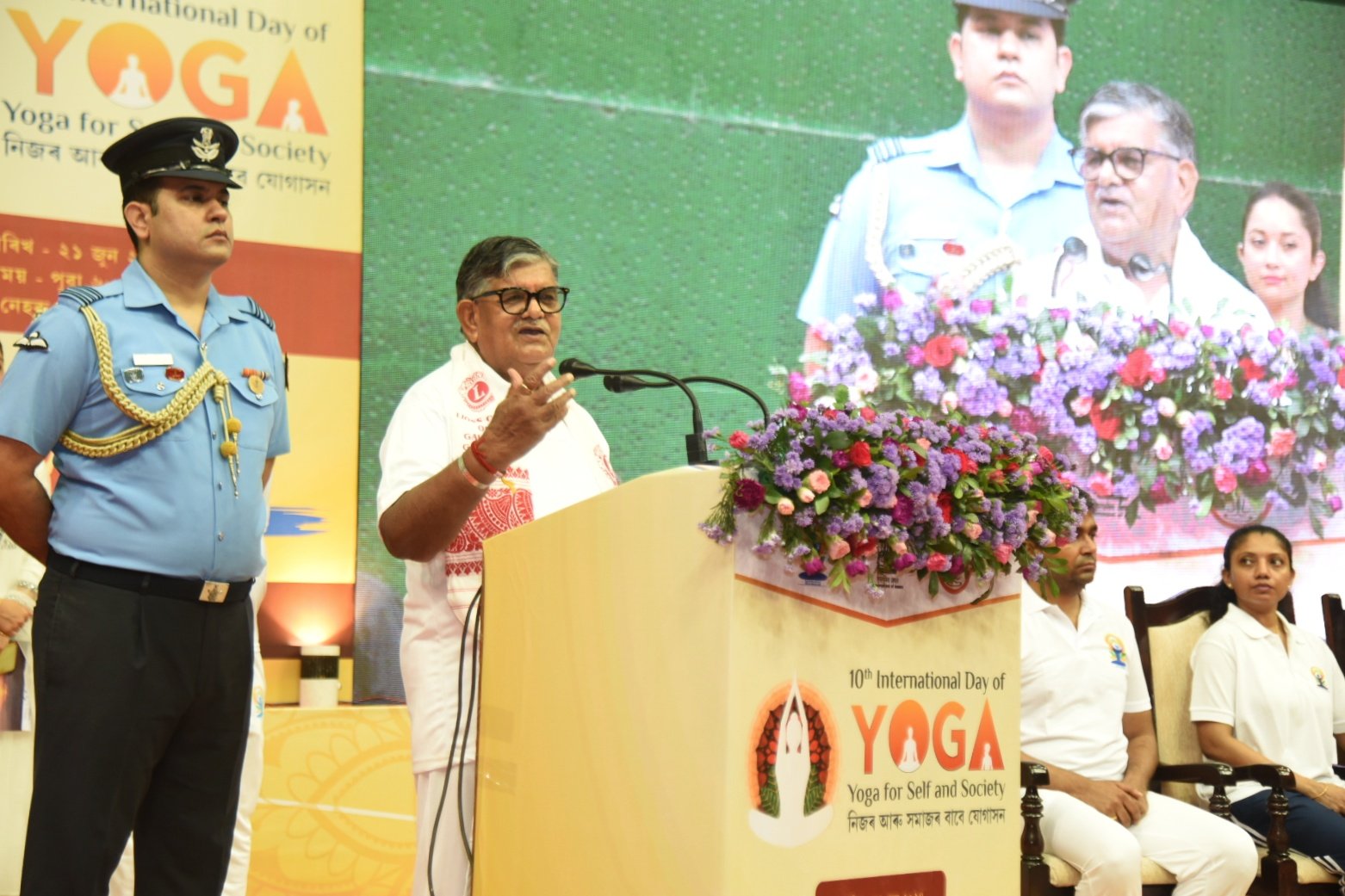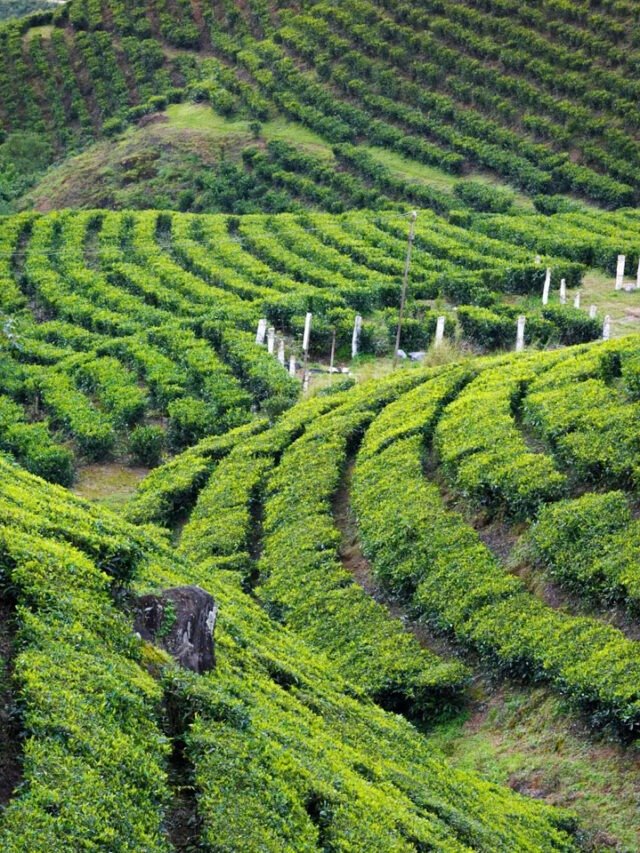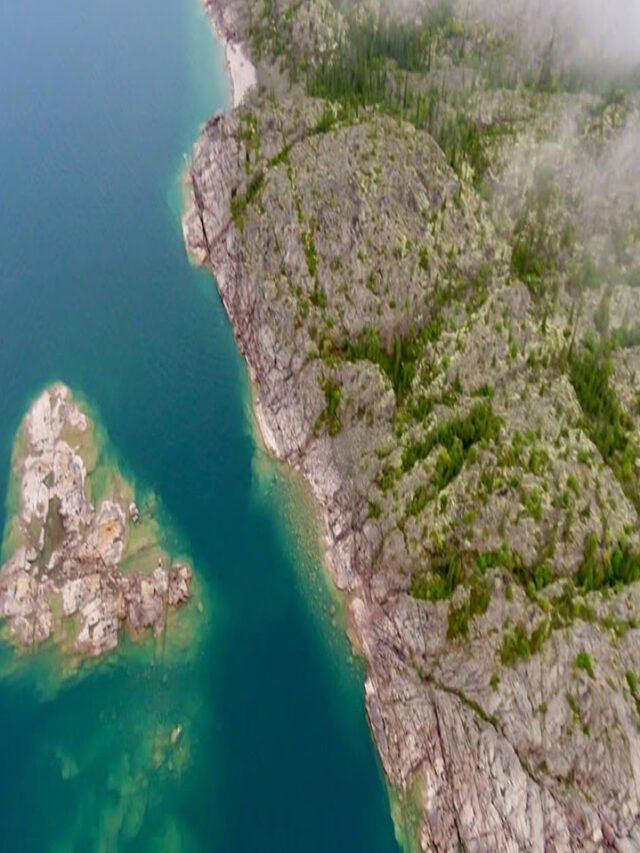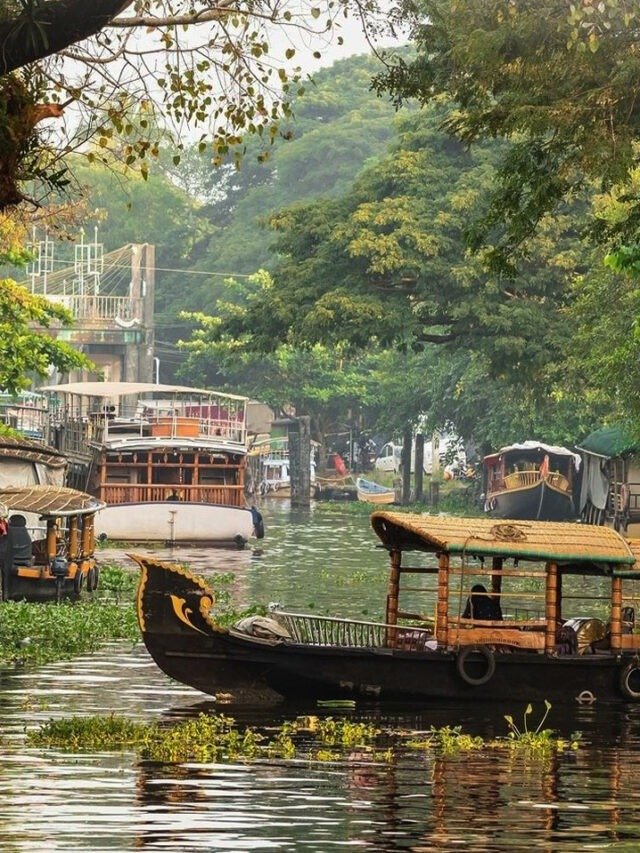HT Bureau
GUWAHATI, Oct 23: Vice-chairman Narayan Chandra Borkataky of the State Innovation & Transformation Aayog (SITA), Assam, visited the archaeological site of Madan Kamdev Temple at Baihata Chariali, Kamrup, for a preliminary discussion regarding the restoration and preservation of the temple. IIT-Guwahati plans to use modern technology and the archaeological evidence on the site to reconstruct the whole Madan Kamdev temple virtually, as well as provide the virtual image for the actual reconstruction process.
The main objectives of the virtual reconstruction of Madan Kamdev temple would help in understanding the architectural features of Madan Kamdev temple. Throughout the process of virtual reconstruction, such as planning, data acquisition, and data processing, will help in generating samples for further archaeological investigation, including dating, information about bonding materials, and other raw materials used in architectural construction. It would also help in documenting the site as well as the structure for future research work.
Later, VC Narayan Chandra Borkataky also visited IIT-Guwahati and reviewed the progress of the ongoing project, namely ‘Annotated Atlas of Heritage Sites of Assam: A GIS Documentation (Phase I)’, implemented by IIT Guwahati in collaboration with the Heritage Conservation of Assam. They are jointly working on the project to create a visual presentation of the cultural profile of Assam, and digitised maps will be produced that will be interactive. By using QR codes, this data can be uploaded to the public domain. The project is being funded by the State Innovation and Transformation Aayog (SITA), Assam. The Annotated Atlas will be the first of its kind on the heritage sites of Assam. A printed version of the atlas with the maps and annotated information will be a major output of the project. It should be noted that previously, on January 30, 2023, a Memorandum of Agreement (MoA) was signed between SITA and the Indian Institute of Technology, Guwahati, at Janata Bhawan, Dispur, for the said project.
The vice-chairman spoke at length about the preservation and accessibility of cultural heritage, which have become essential with the rapid advancements of globalisation and modernisation endeavours that constantly threaten historical artefacts and sites across the world. The current project aims to explore the potential of metaverse applications in digitalising cultural heritage, encompassing virtual reconstructions, educational outreach, global accessibility, and sustainability. He also mentioned that the findings would provide valuable insights into developing innovative strategies for preserving cultural heritage in the digital age while highlighting best practices and guidelines for optimising metaverse applications in cultural heritage preservation.
It should be mentioned that all the heritage sites covered in the first phase are further visualised and mapped collectively. The heritage sites are colour-coded based on the date of the site, and their abundance is noted and visually represented on a map. The heritage sites that have been covered in the Jalukbari LAC are mapped in clusters that are colour-coded according to their time of occurrence. Additionally, an abundance map is prepared to display the density of occurrence of all the heritage sites in Jalukbari LAC. The mapping and visualisation of heritage site density are still in progress, with new findings continuously being added to the database. The creation of a digital database and interactive maps is the highlight of the project. Over 57 sites are documented across these LAC.s, including sites of religious significance, engineering marvels, inscriptions, colonial structures, and ramparts.
Deba Kumar Mishra, district commissioner, Kamrup, along with officials from SITA, IIT-Guwahati, and the Heritage Conservation Society of Assam, accompanied him during the visit.












